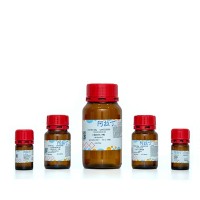Application of Suppressive Subtractive Hybridization to Uncover the Metagenomic Diversity of Environmental Samples
互联网
374
Metagenomics addresses the collective genetic structure and functional composition of a microbial environmental sample without the bias or necessity for culturing the microorganisms from the community in question. Metagenomic studies are now beginning to take advantage of the plethora of complete genome sequences (1 ,2 ) and the associated tools, such as bacterial artificial chromosome (BAC) and fosmid vectors, to discover novel genes and survey the structure and function of microbial communities. Complementary and less expensive methods to compare genomes from individual microbes have been utilized in comparative genomic studies. Suppressive subtractive hybridization (SSH) is one such approach, which has been utilized to compare the genomic content of closely related species of bacteria (3 –6 ). Recently, SSH has also been used as a comparative method to examine the microbial diversity (i.e., species composition) and functional differences (i.e., gene composition) in the genomic content of two different rumen environmental communities (7 ). Through a series of hybridizations and polymerase chain reaction (PCR) amplifications, metagenomic differences between two environmental samples can be isolated by SSH. Subsequent DNA sequencing and bioinformatic analyses allow the putative identification of these differences.







